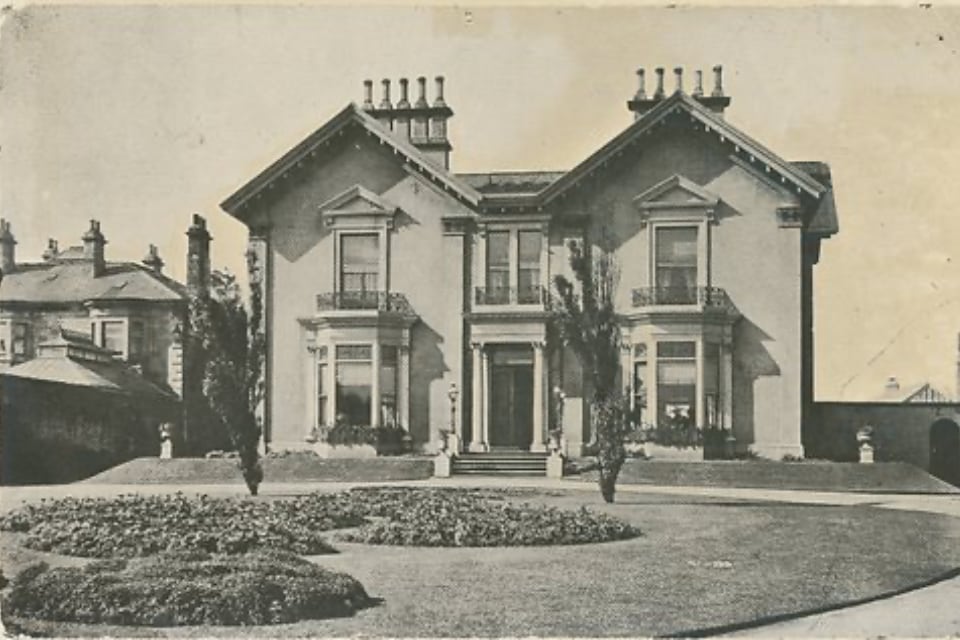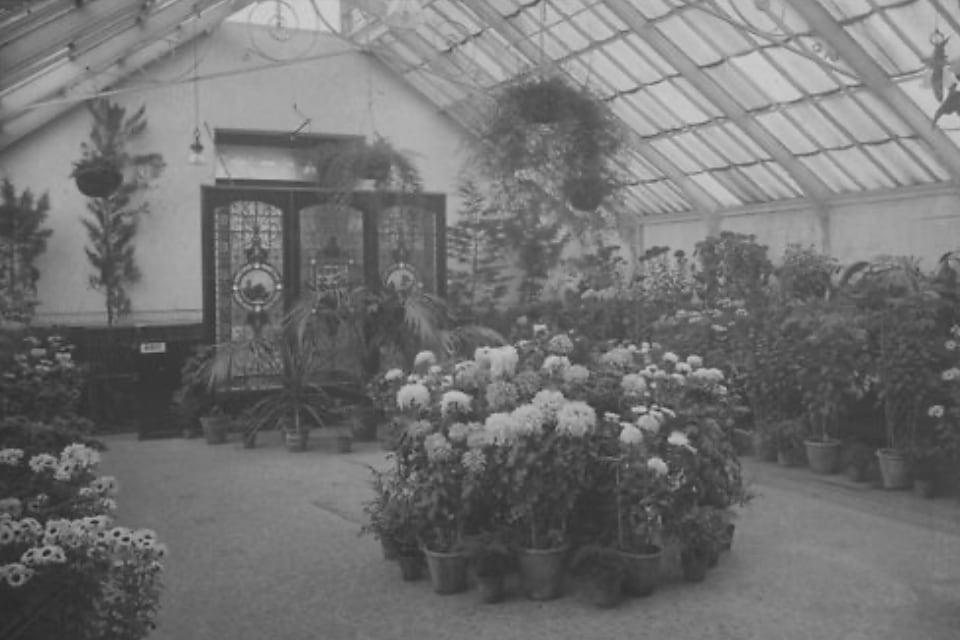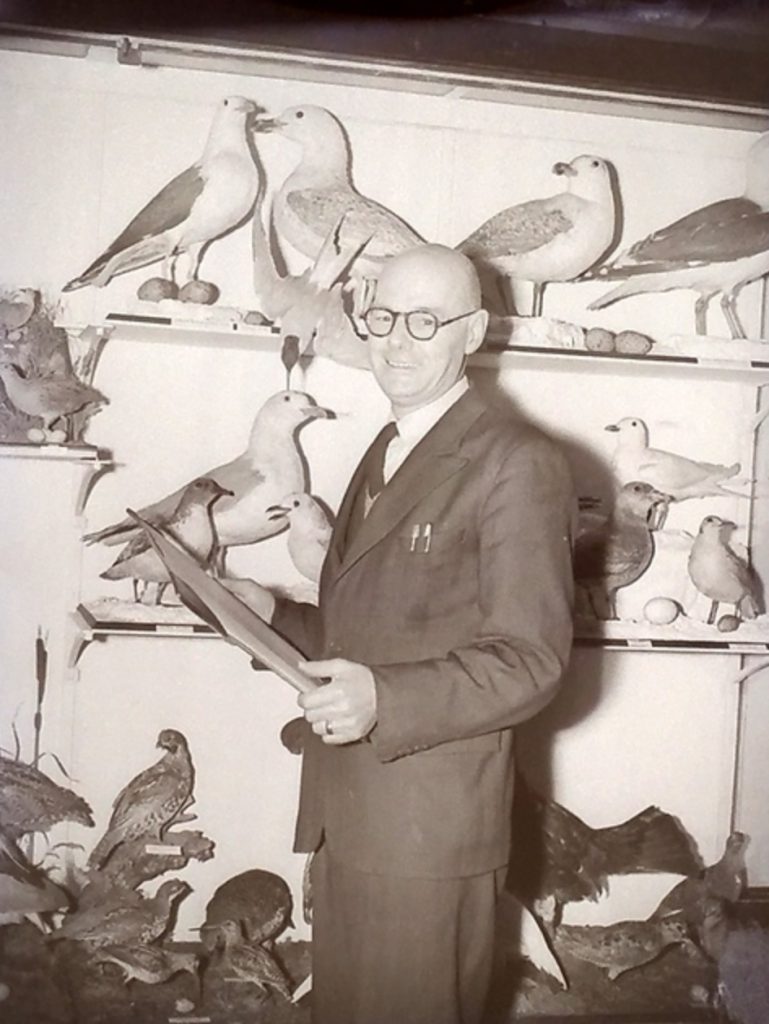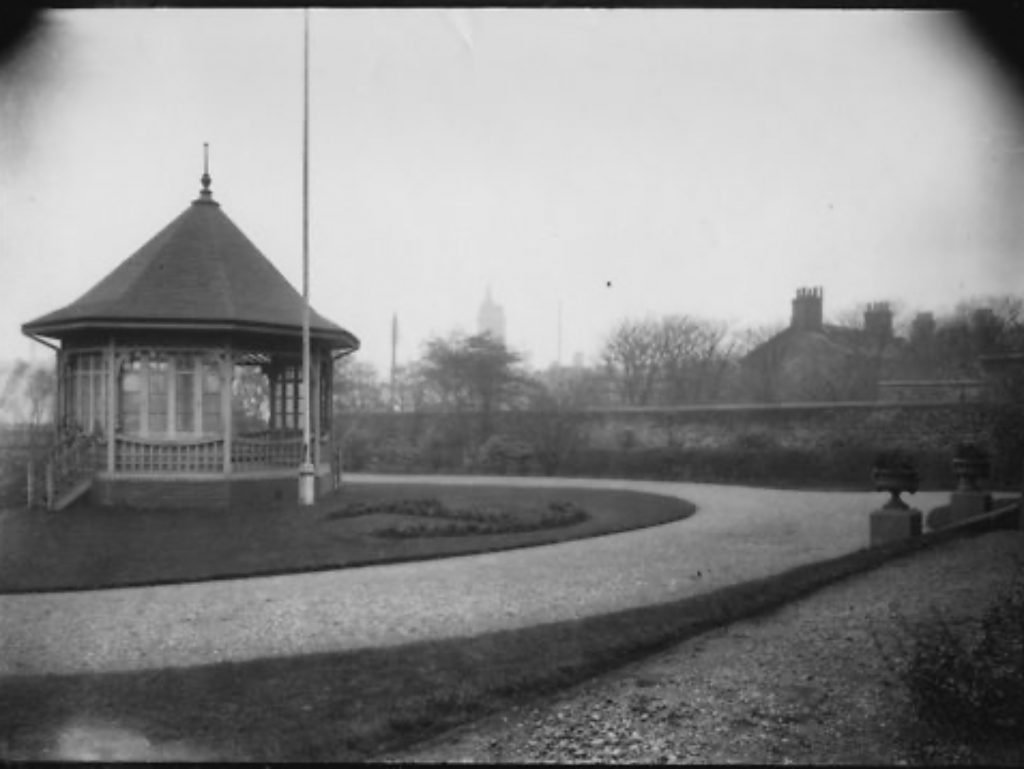

Hartlepool Museums Service began on 4th November 1920 when the Gray Museum and Art Gallery was officially opened to the public by Captain William Gray.
The site of the Gray Museum and Art Gallery was originally part of the farmland attached to the Mill House Estate. The 1859 ordnance survey map of the area shows a Bellevue House on the site. Recent research has shown that this building was constructed a few years previous to this date, on the orders of local businessmen, including Ralph Ward Jackson.
Over the following decades, the house changed hands on several occasions. In the mid-1860s it was acquired by the North East Railways as part of their compensation over the failure of Ward Jackson’s business empire.
In 1871 the house was bought from the NER by leading timber merchant and shipowner George Pyman, who changed its name to The Willows. In the 1890s Pyman rented, before subsequently selling, the house to William Gray’s eldest son Matthew, who had married his daughter Eliza Jane Pyman. Tragically, Matthew died soon after, leaving his widow Eliza Jane to continue to live in the house until early 1917 when it was requisitioned by the War Department to act as a billet for army officers.
Mrs Eliza Jane Gray (nee Pyman) is chiefly remembered for her presentation to the town of St Oswald’s Church on 16th January 1904. This fine example of the later Gothic revival is still standing in Brougham Terrace about half a mile from the Museum.
When Eliza Jane Gray died in the summer of 1917, her house was still held by the War Department. This meant that none of her relatives could inherit her estate. To solve this, her brother-in-law William Cresswell Graypaid out her inheritance from his own pocket, in return for being reimbursed later when, or if, the Military returned Eliza’s land and property to her solicitors. This finally occurred in early 1919.
The second son of Sir William Gray, William Cresswell Gray was born in Greatham in 1865. He became a director of his father’s shipbuilding company in 1889. On his father’s death, William became Chairman of the Board.


After the return of the Willows to William in early 1919, he was now left with a house and gardens that he didn’t need. Inspired by his friend Colonel Lancelot Robson, William decides to gift the Willows to the Borough to use as a Museum and Art Gallery, along with the funds to convert the building in such, and a major donation of artworks and other items to start up a public Museum collection. In return, he only requested that the new Museum and Gallery was dedicated as his thank-you for the safe return of his son Captain William Gray from the war.
The Gray Museum and Art Gallery was formally opened on 4th November 1920 in a public ceremony lead by Captain William Gray.
The gift included the grounds and gardens and included a bandstand which stood on the front lawn. Strangely there was only ever one performance under its roof, as soon after the opening, the bandstand was removed.
A more popular feature of earlier times was the original Victorian glass Conservatory at the back of the building which contained a wide variety of plants. This was removed to build the new extension in 1973.
The Gray Museum and Art Gallery was closed to the public in 1994 when it was superseded by the new Museum of Hartlepool on the Marina next to the then Hartlepool Historic Quay. That same year Hartlepool Art Gallery was opened in the refurbished Christ Church in Church Square.
The building renamed Sir William Gray House in honour of our founder William Cresswell Gray, is now is the home to the Hartlepool Borough Council’s Cultural Services section and Tees Archaeology
